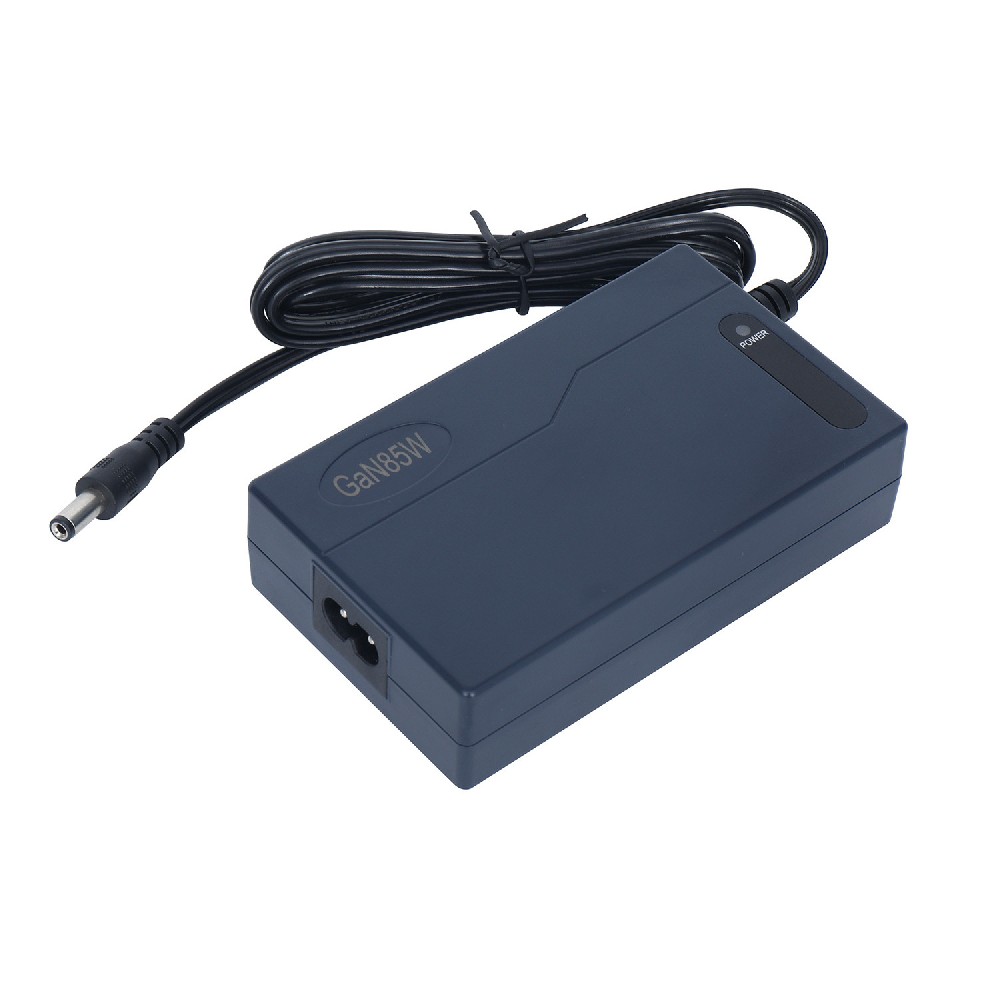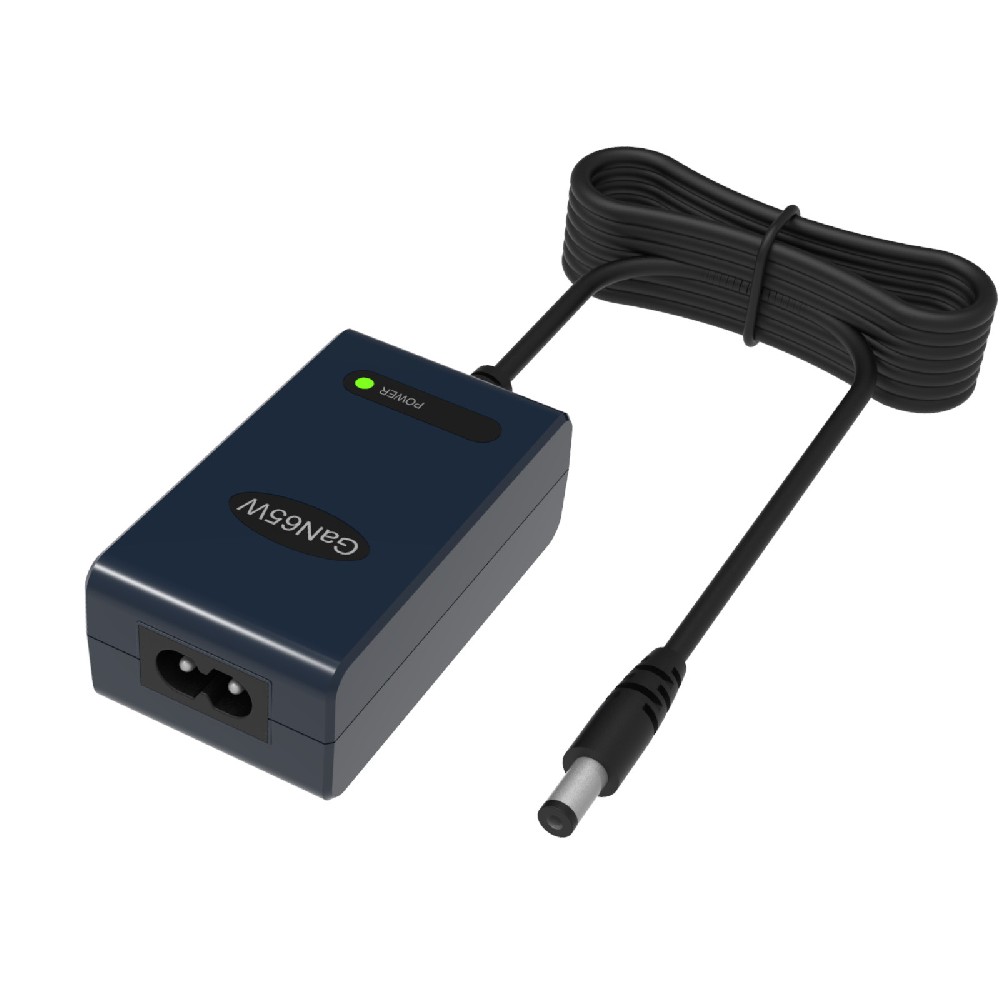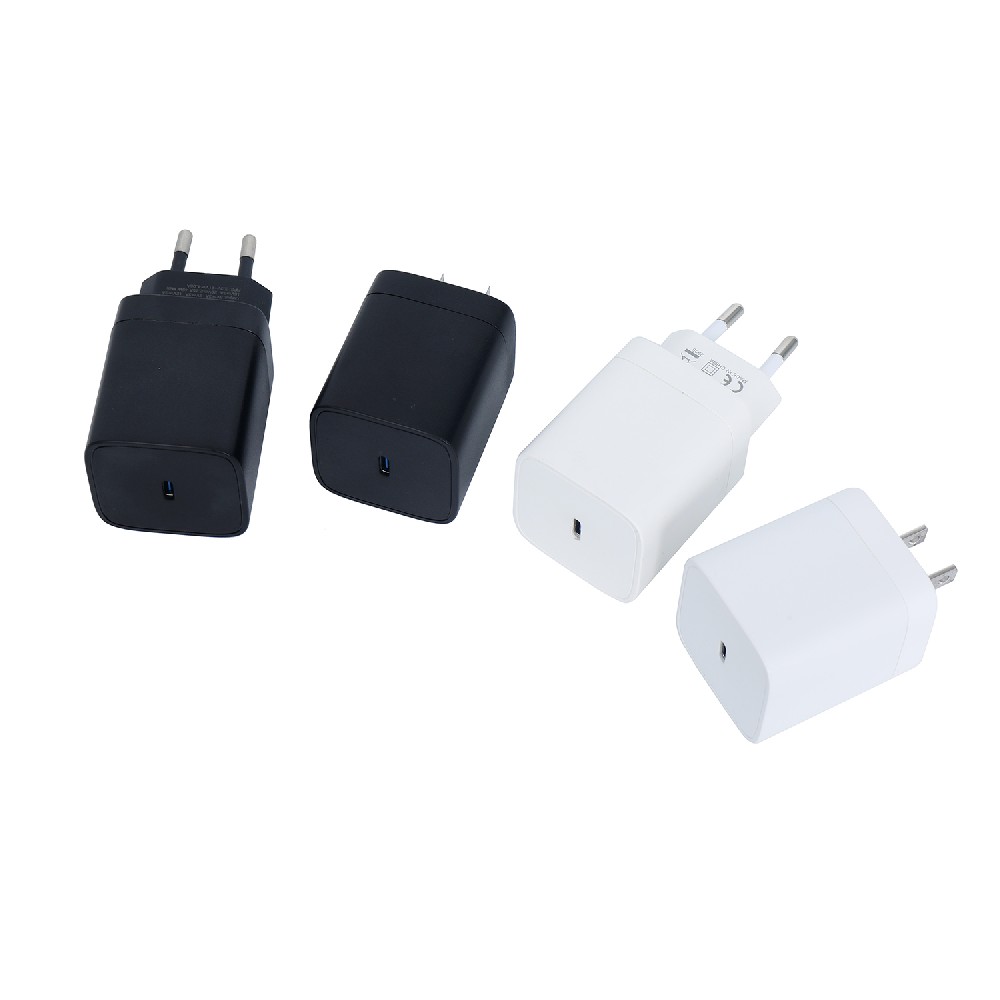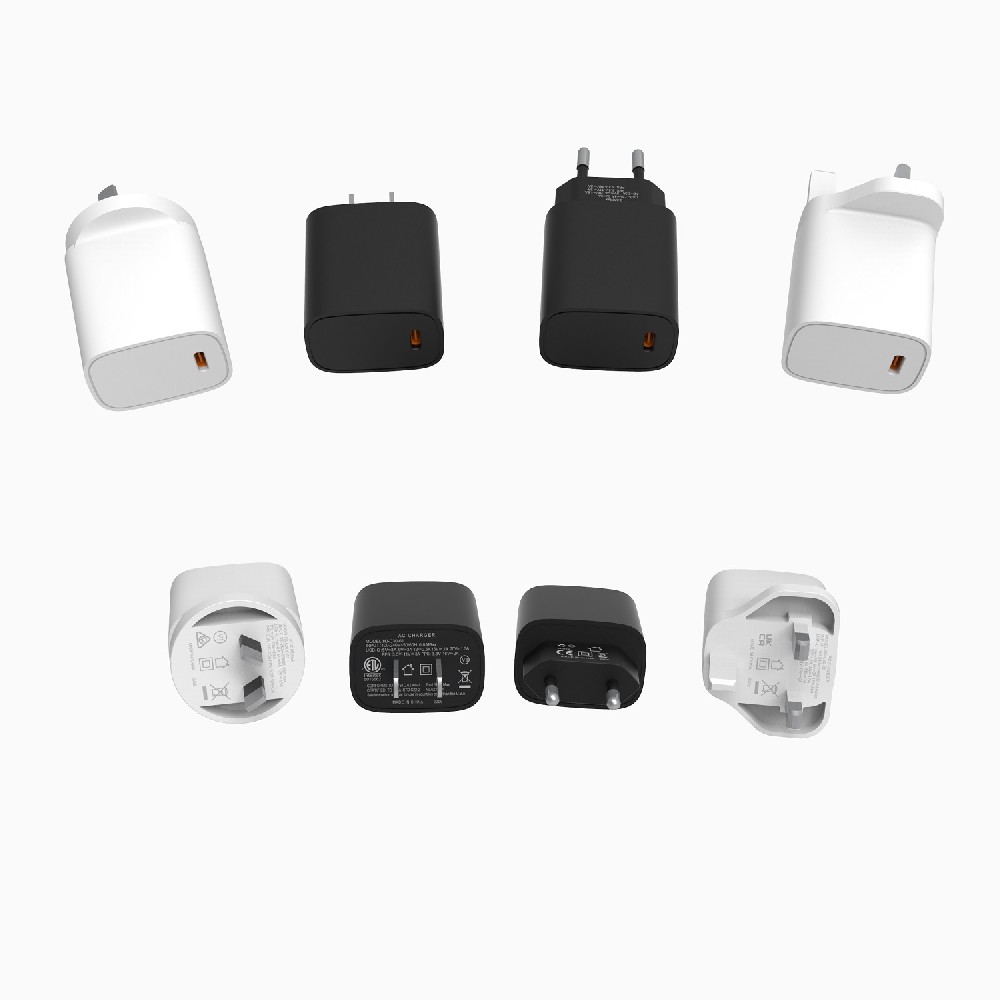Information Center
From Basic to Wireless: The Importance and Types of Battery Charger Circuits
Published:2023-06-24 00:35:10 Author:Green WCND Views:78A battery charger circuit is an essential piece of technology that is used to provide a steady flow of electricity to recharge batteries of electronic devices. The battery charger circuit works by converting the alternating current (AC) into a direct current (DC) and controlling the voltage and current levels to ensure that the battery is charged correctly.
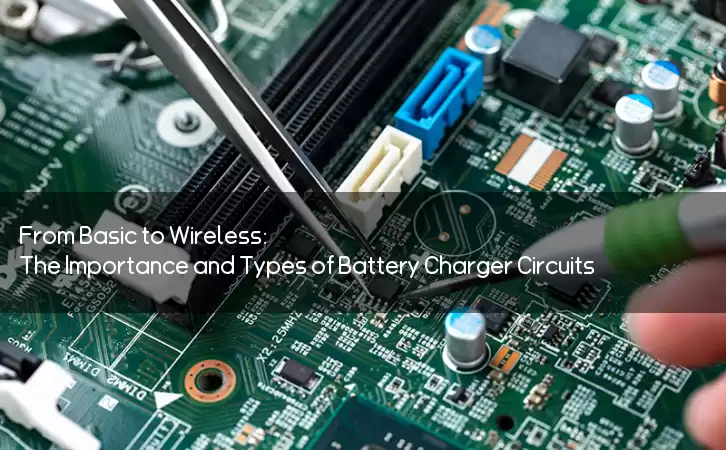
The charger circuit is made up of various components, including diodes, capacitors, resistors, and transistors. These components work together to create a charging circuit that is capable of charging batteries of various sizes and capacities. The circuit also includes a control circuit that monitors the battery’s charge level and adjusts the charging voltage and current levels to prevent overcharging or undercharging of the battery.
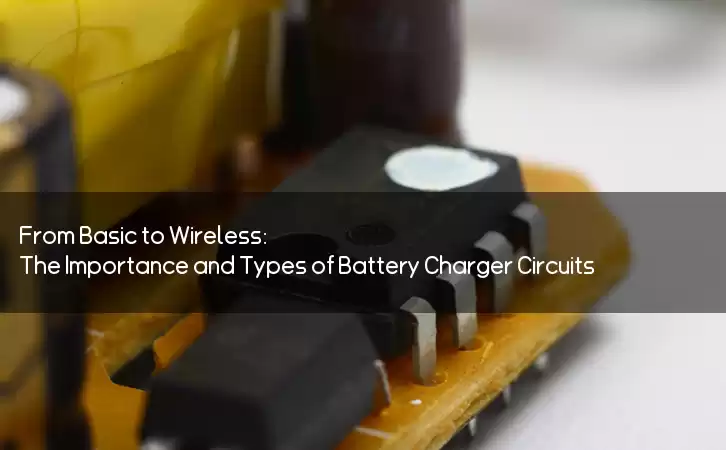
One of the common types of battery charger circuits is the linear charger circuit. The linear charger circuit is a simple circuit that uses a linear voltage regulator to keep the charging voltage constant. It is ideal for charging small batteries such as those used in mobile phones, Bluetooth speakers, and other portable devices. The linear charger circuit is easy to design and is inexpensive, making it a popular choice for charging small batteries.
Another type of battery charger circuit is the switching charger circuit. The switching charger circuit is a more complex circuit that uses a switching regulator to control the charging voltage and current levels. It is commonly used in charging larger batteries such as those used in laptops, tablets, and other electronic devices. The switching charger circuit is more efficient than the linear charger circuit, and it can charge batteries faster.
In recent years, wireless charging technology has become popular, and the demand for wireless battery chargers has increased. A wireless battery charger circuit uses an electromagnetic induction principle to transfer power wirelessly from the charger to the battery. When the battery is placed on the charger, the electromagnetic field induces a voltage in the coil of the battery, which is then converted into DC power and used to charge the battery. The wireless battery charger circuit is convenient and eliminates the need for cables, making it an ideal choice for charging devices such as smartwatches and fitness trackers.
In conclusion, the battery charger circuit is an essential component in charging electronic devices. The charger circuit is composed of various components that work together to provide a steady flow of electricity to recharge batteries. There are different types of charger circuits available, including linear charger circuits, switching charger circuits, and wireless charger circuits, each suited for charging batteries of different sizes and capacities. With the increasing demand for portable electronic devices, battery charger circuits will continue to be an integral part of the technology industry.
Power Adapter Design and Customization Guide for Portable Electric KettlesI. Common Design Types for Portable Electric Kettle Power AdaptersPortable electric ke···
I. Common Design Types of Power Adapters External Independent Type (Most Common) Design: A standalone adapter (e.g., "black brick") connected to the p···
Handheld Vacuum Cleaner Power Adapter Selection GuideIntroductionHandheld vacuum cleaners have become a mainstream tool for household cleaning due to their port···
Drill Power Adapter Selection Guide.drill-container { font-family: Arial, sans-serif; line-height: 1.6; max-width: 800px; margin: 0 auto; padding: 20px; } .dril···
